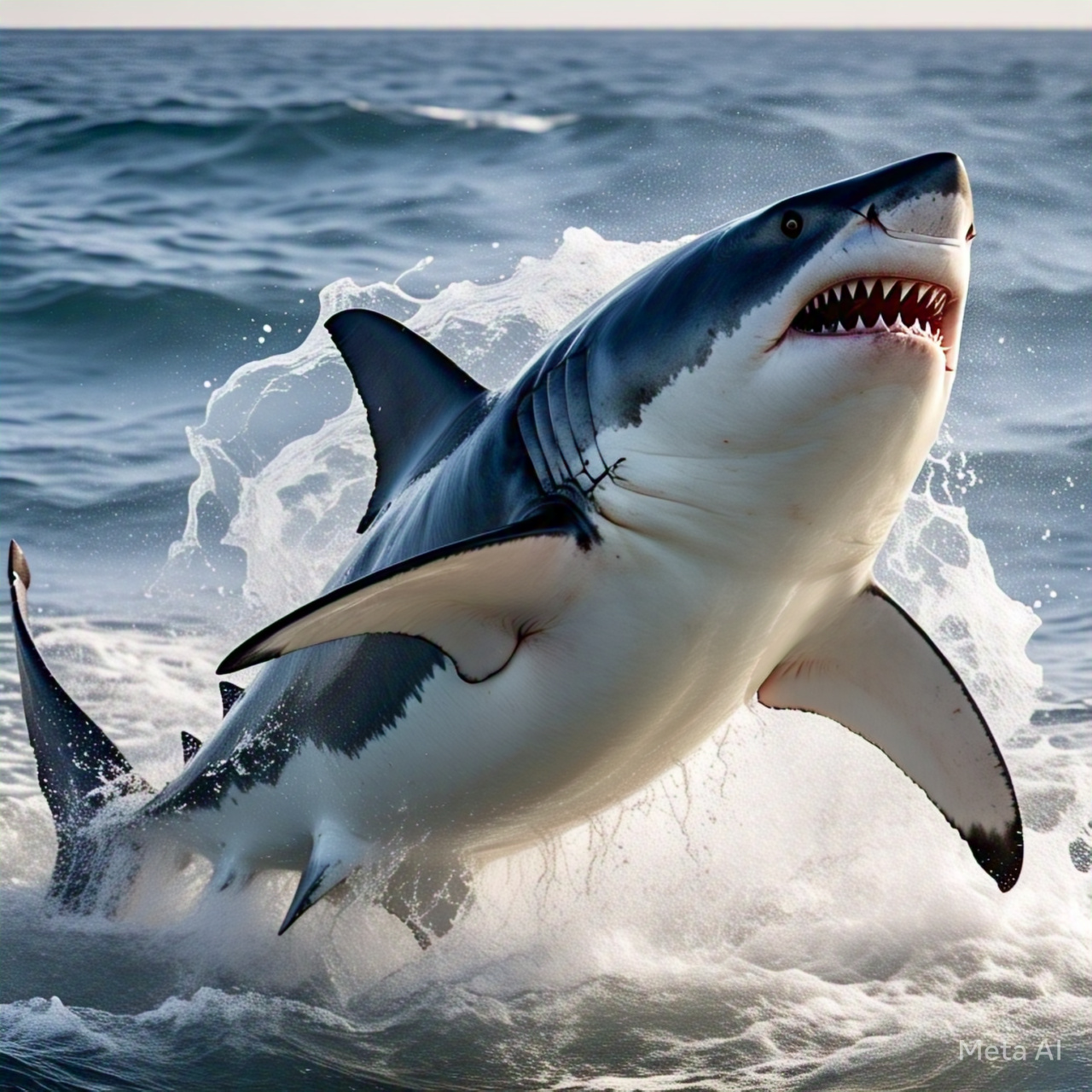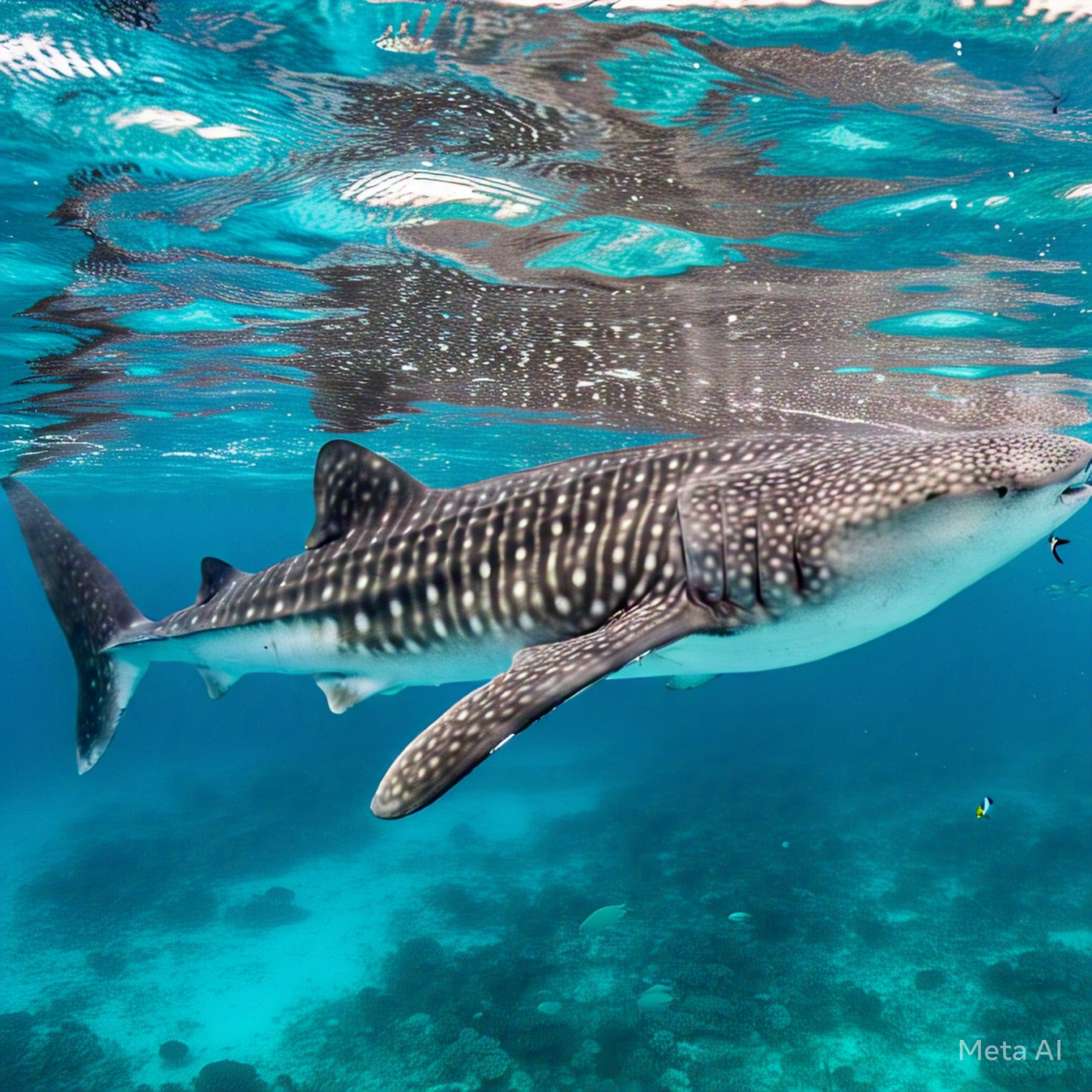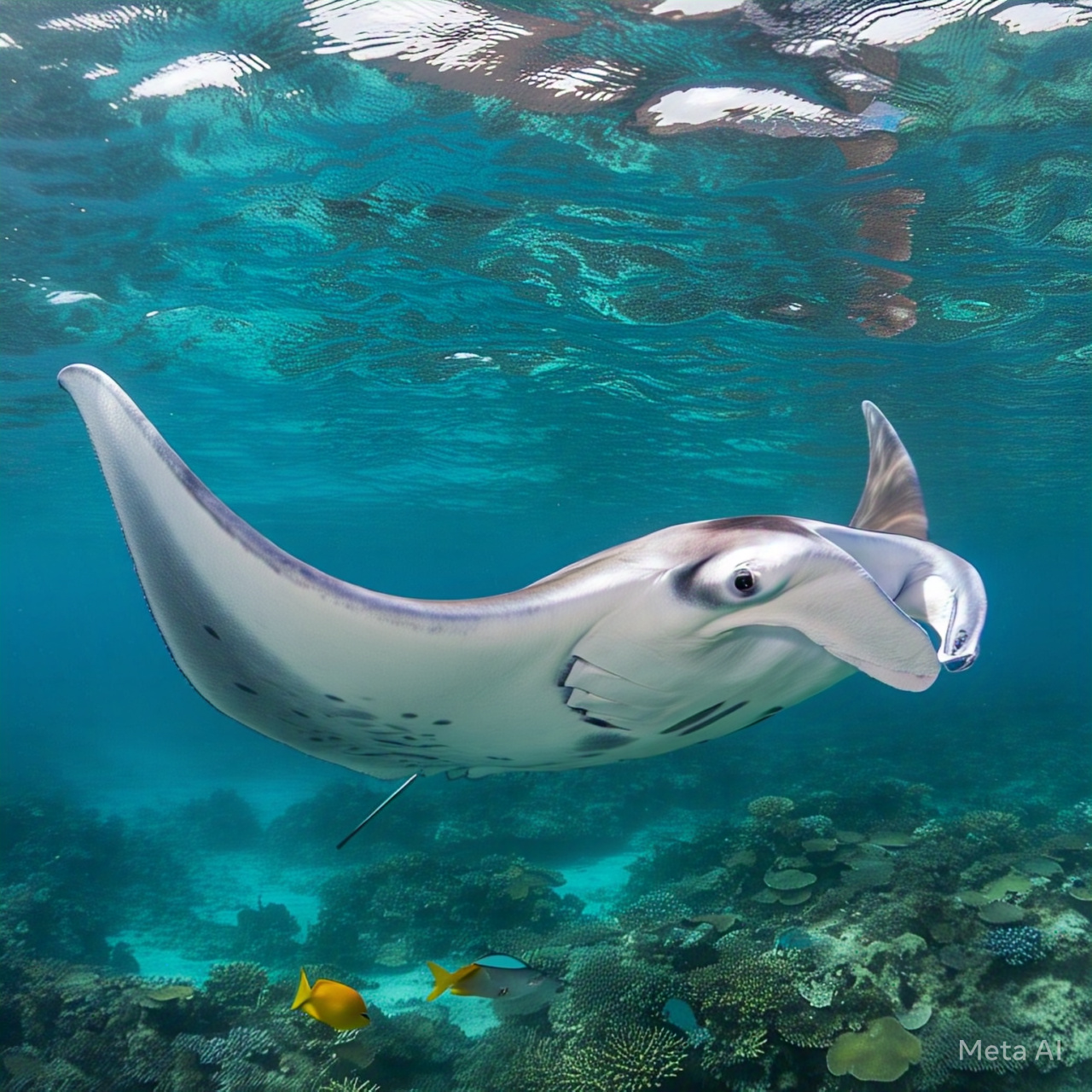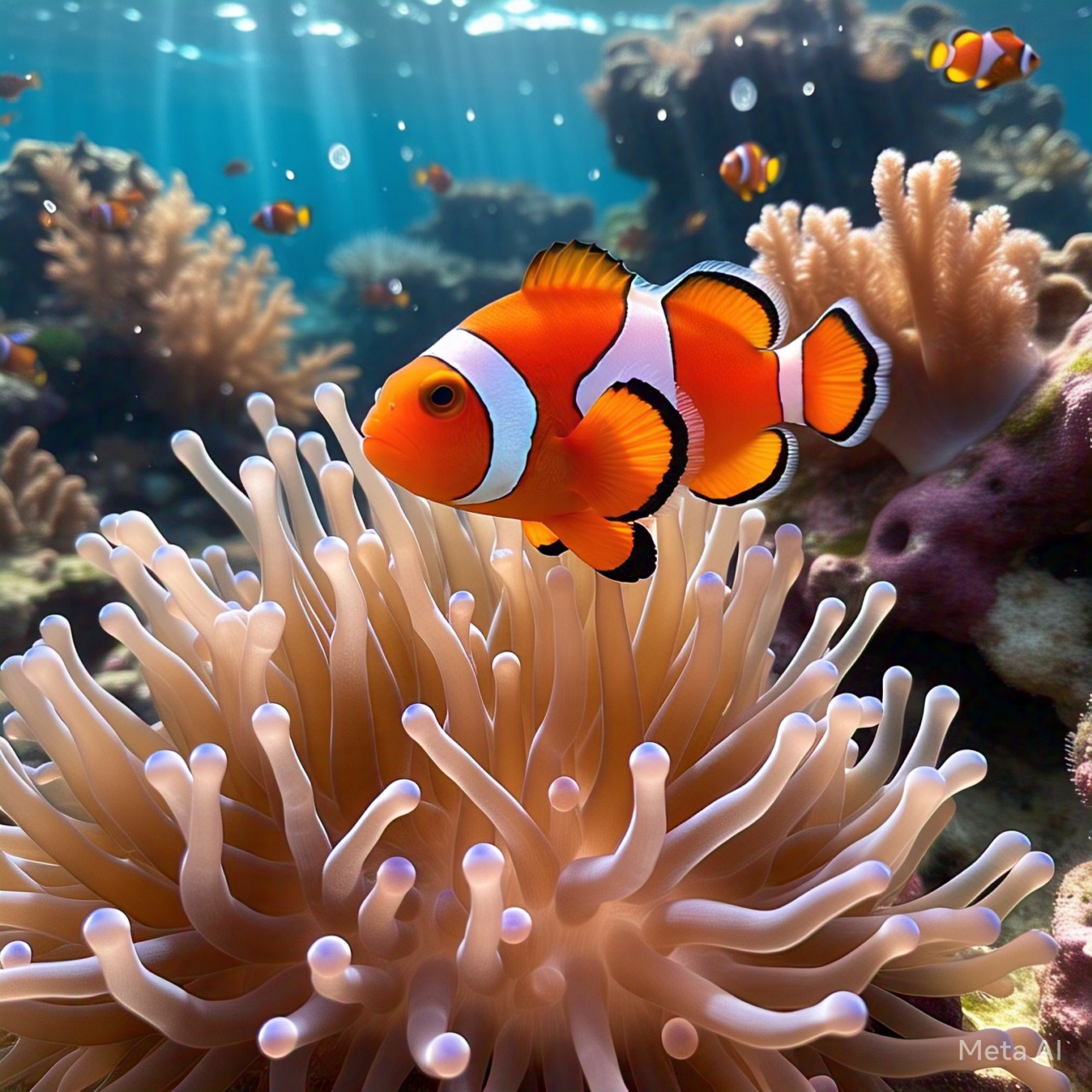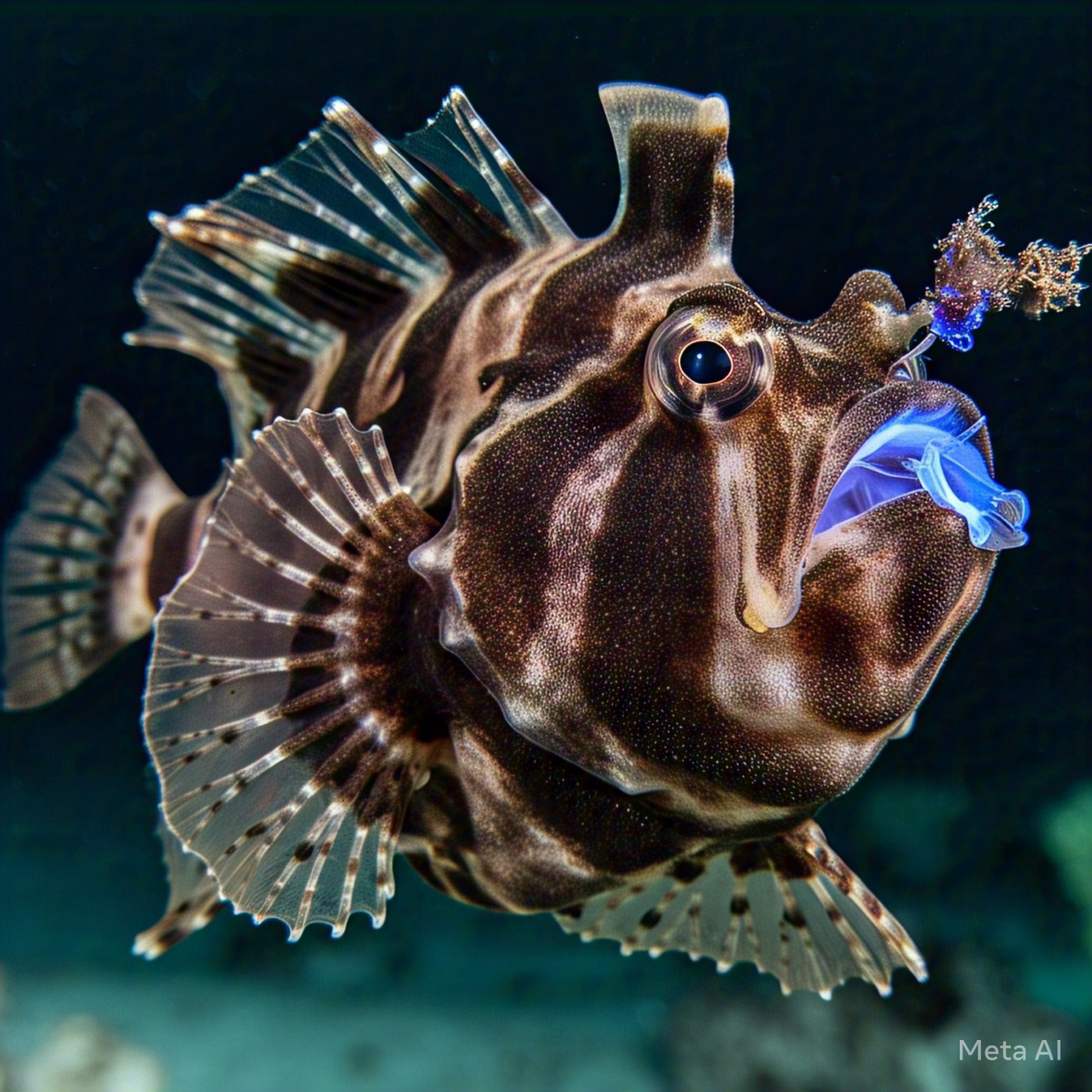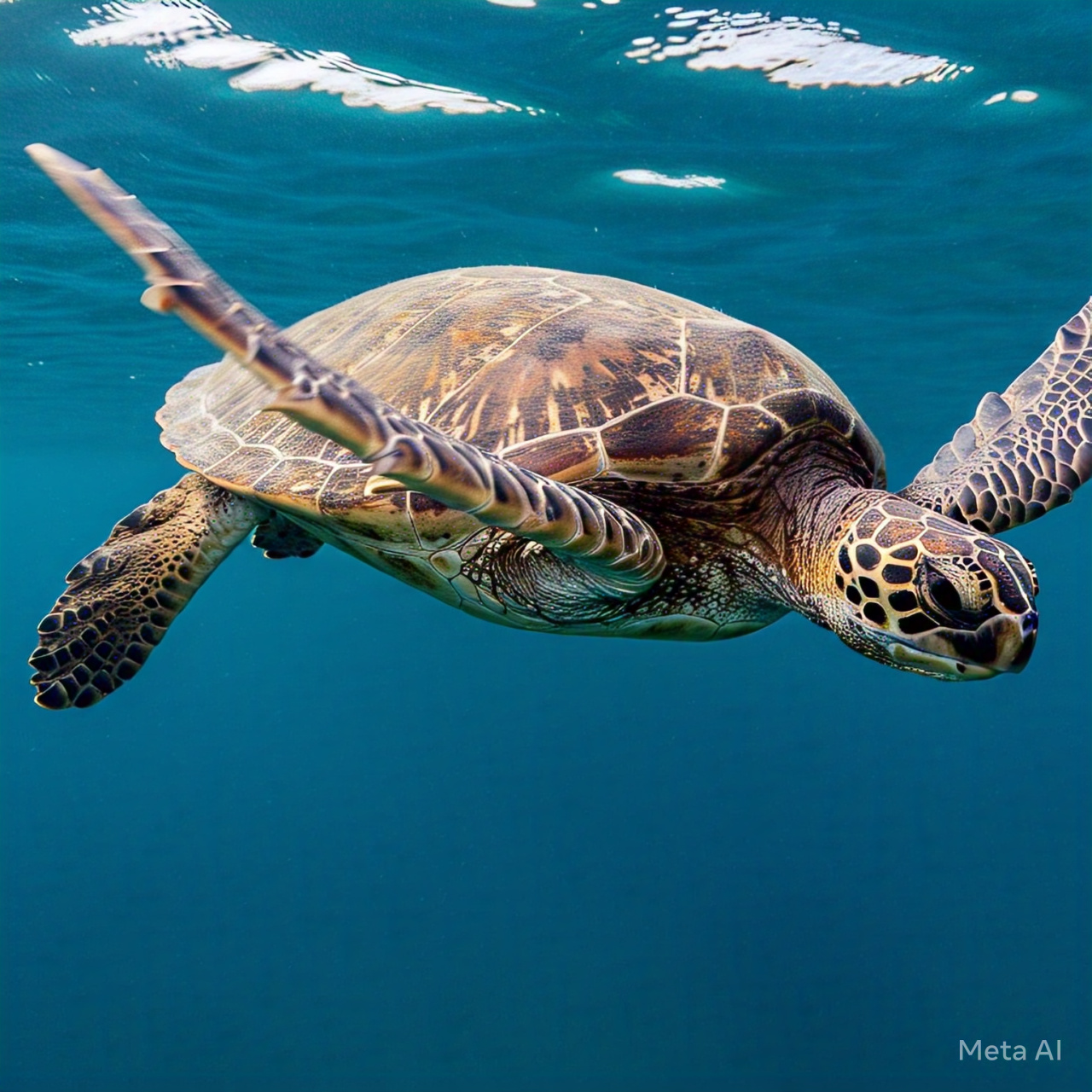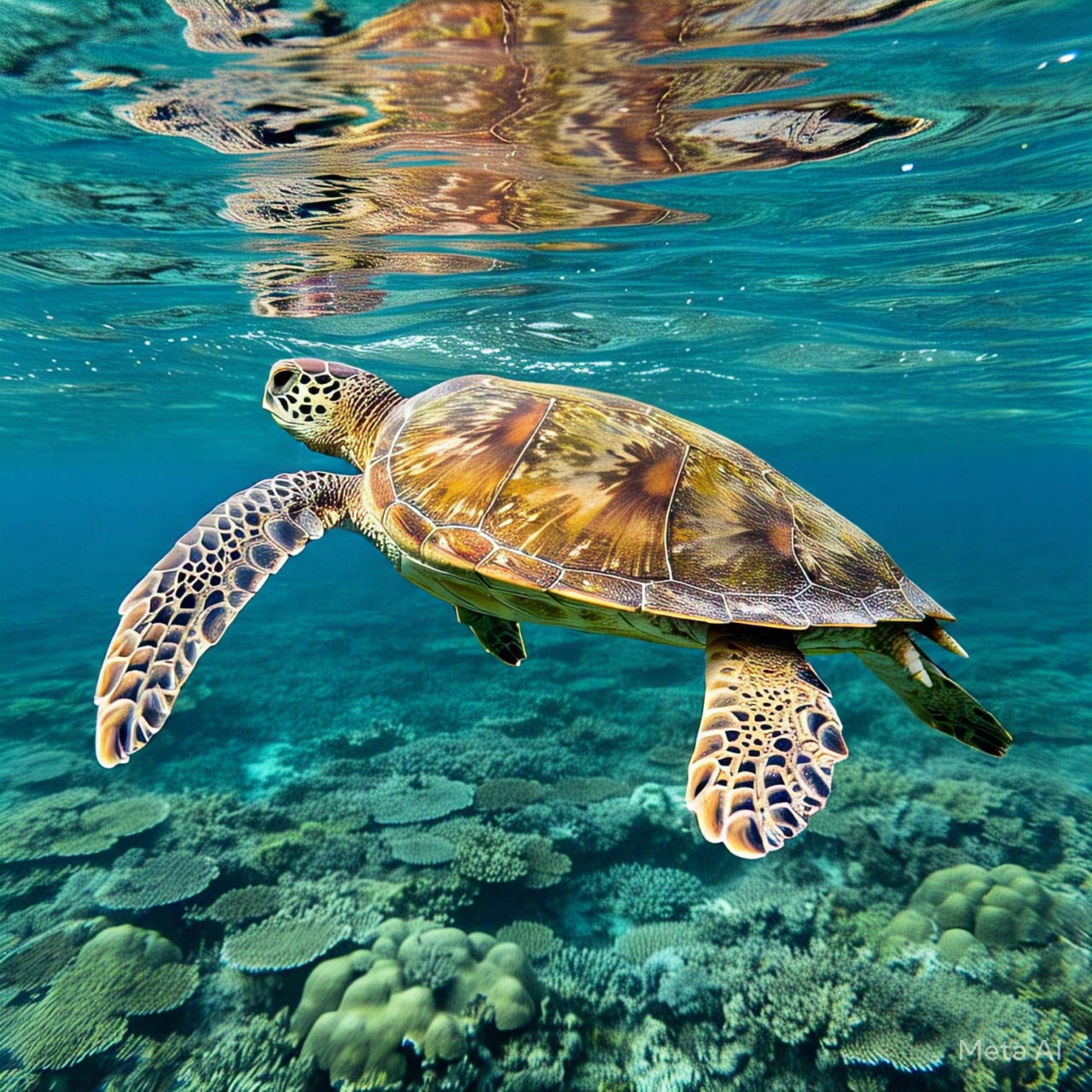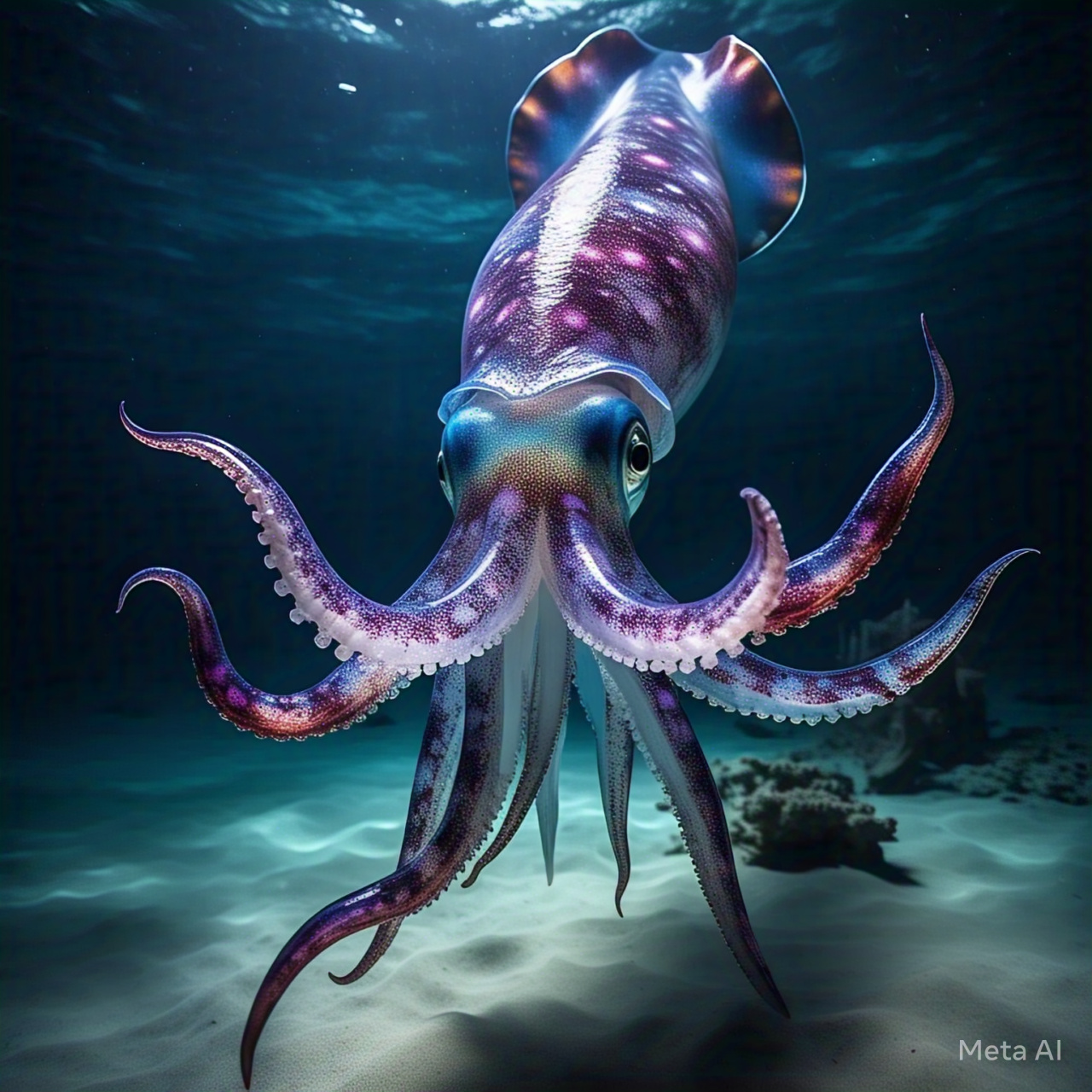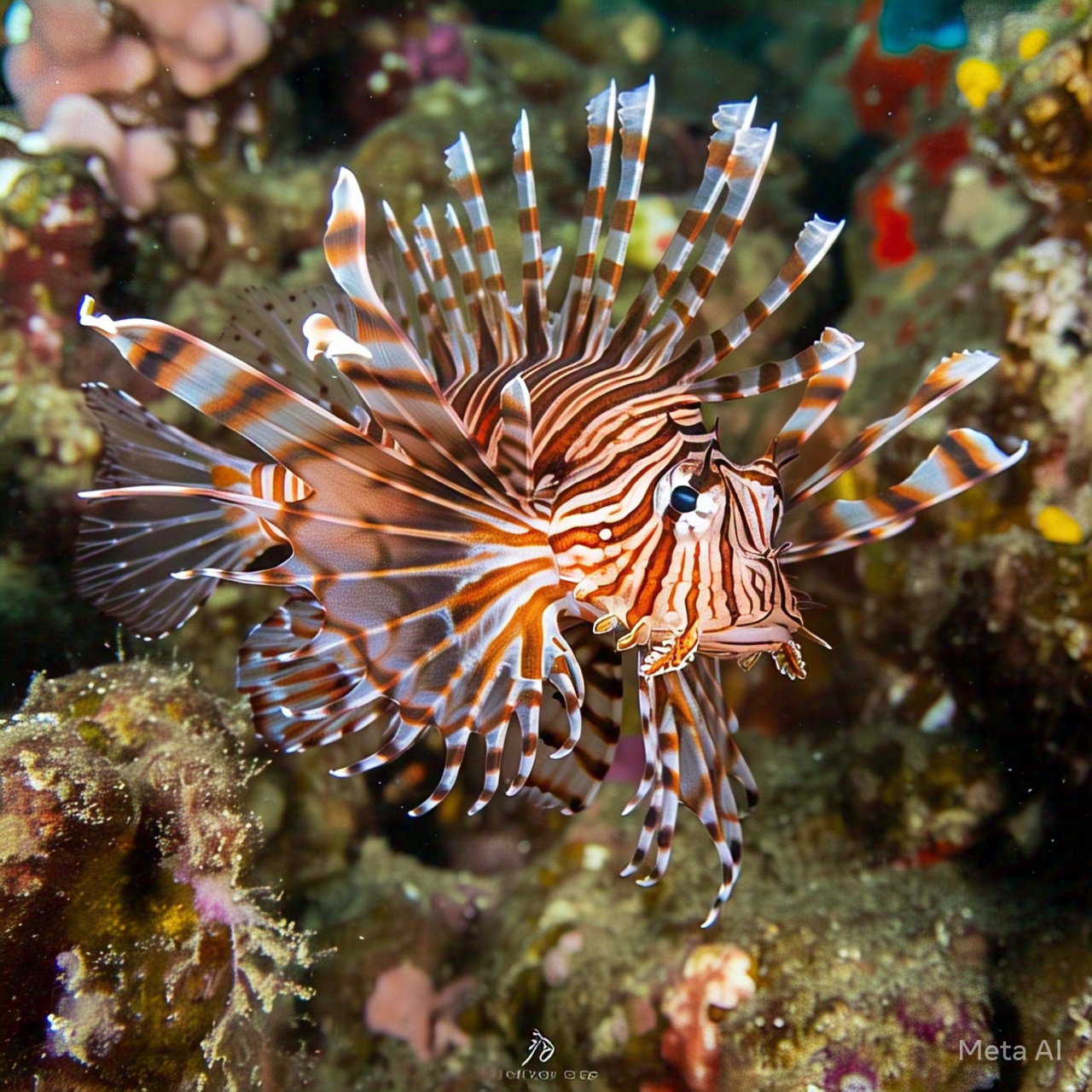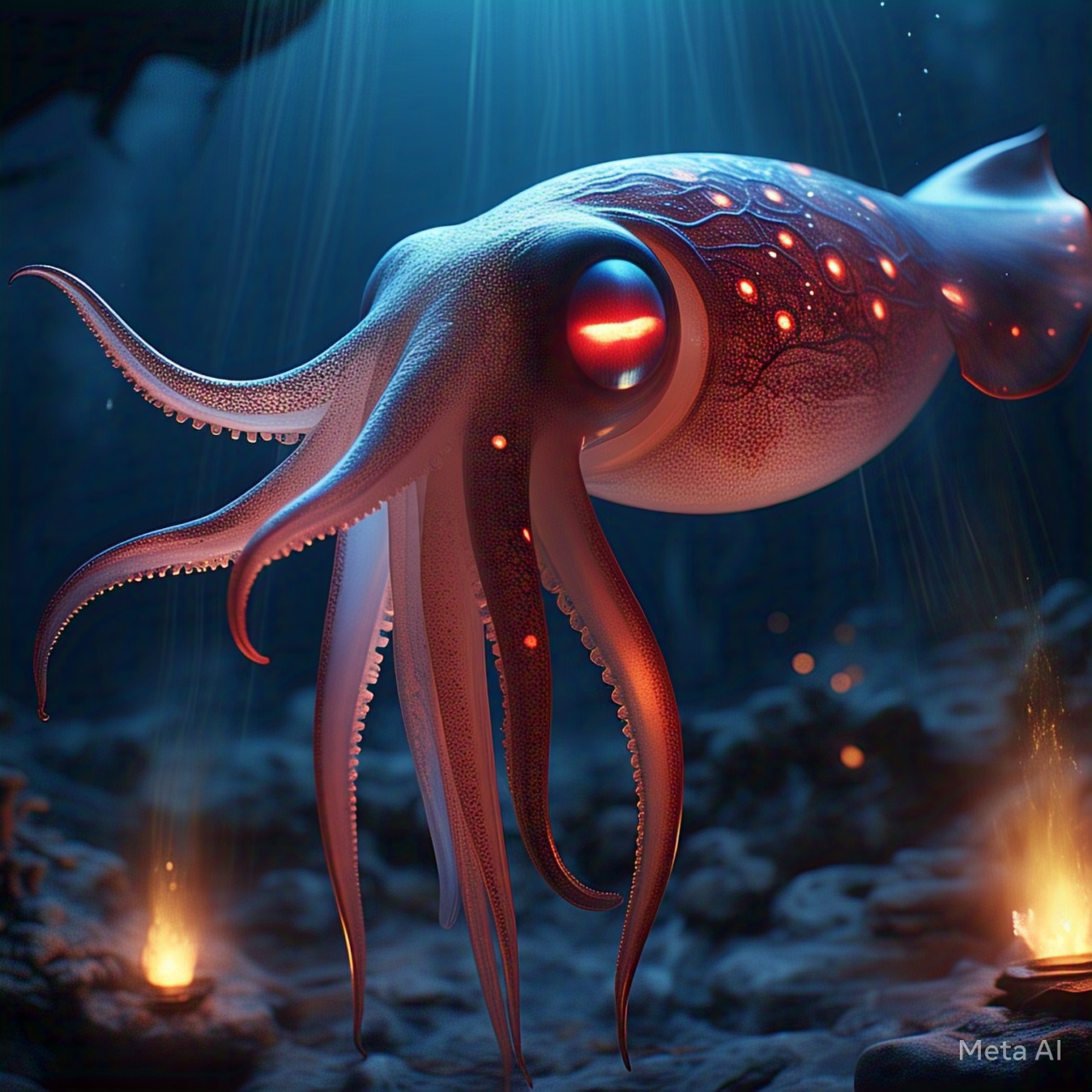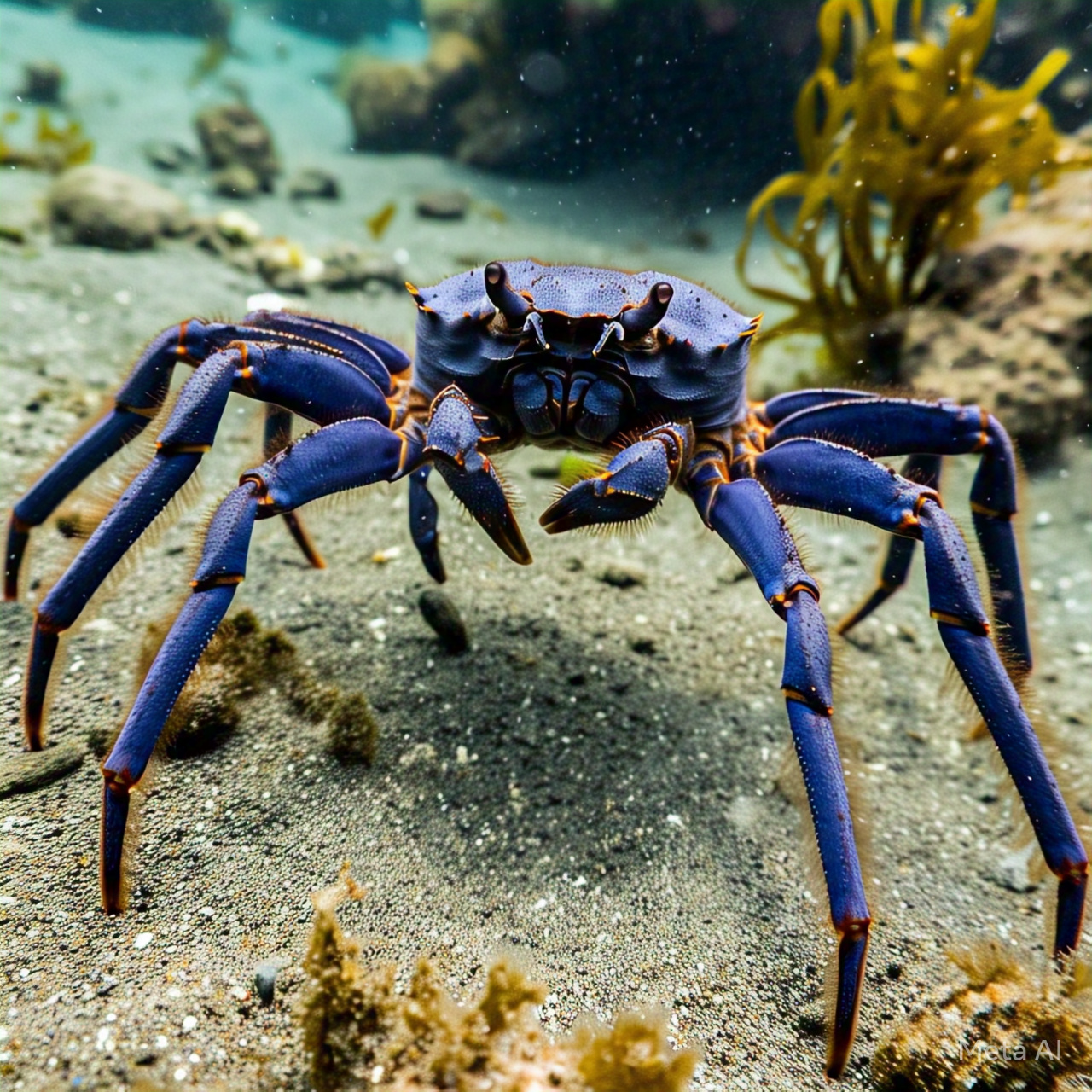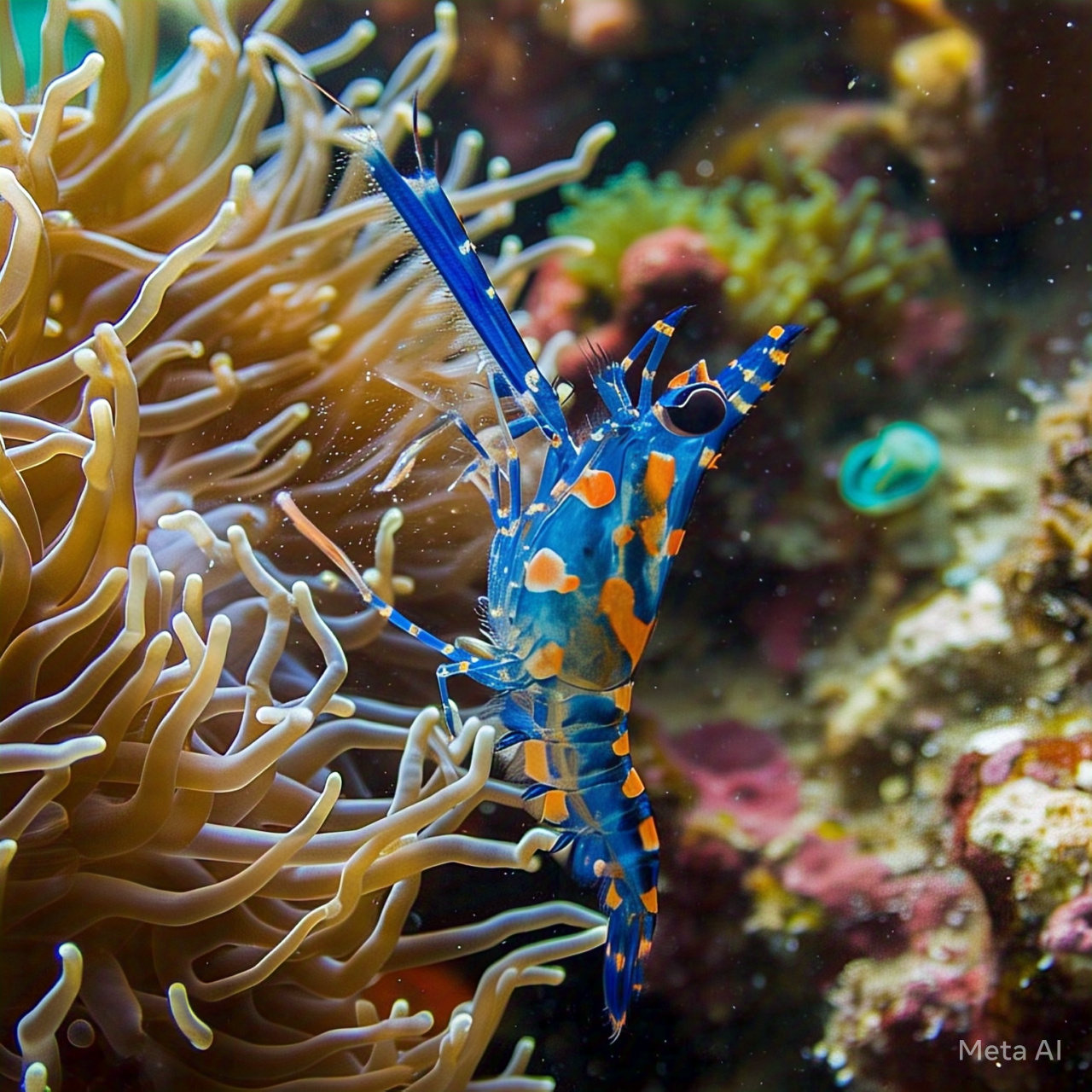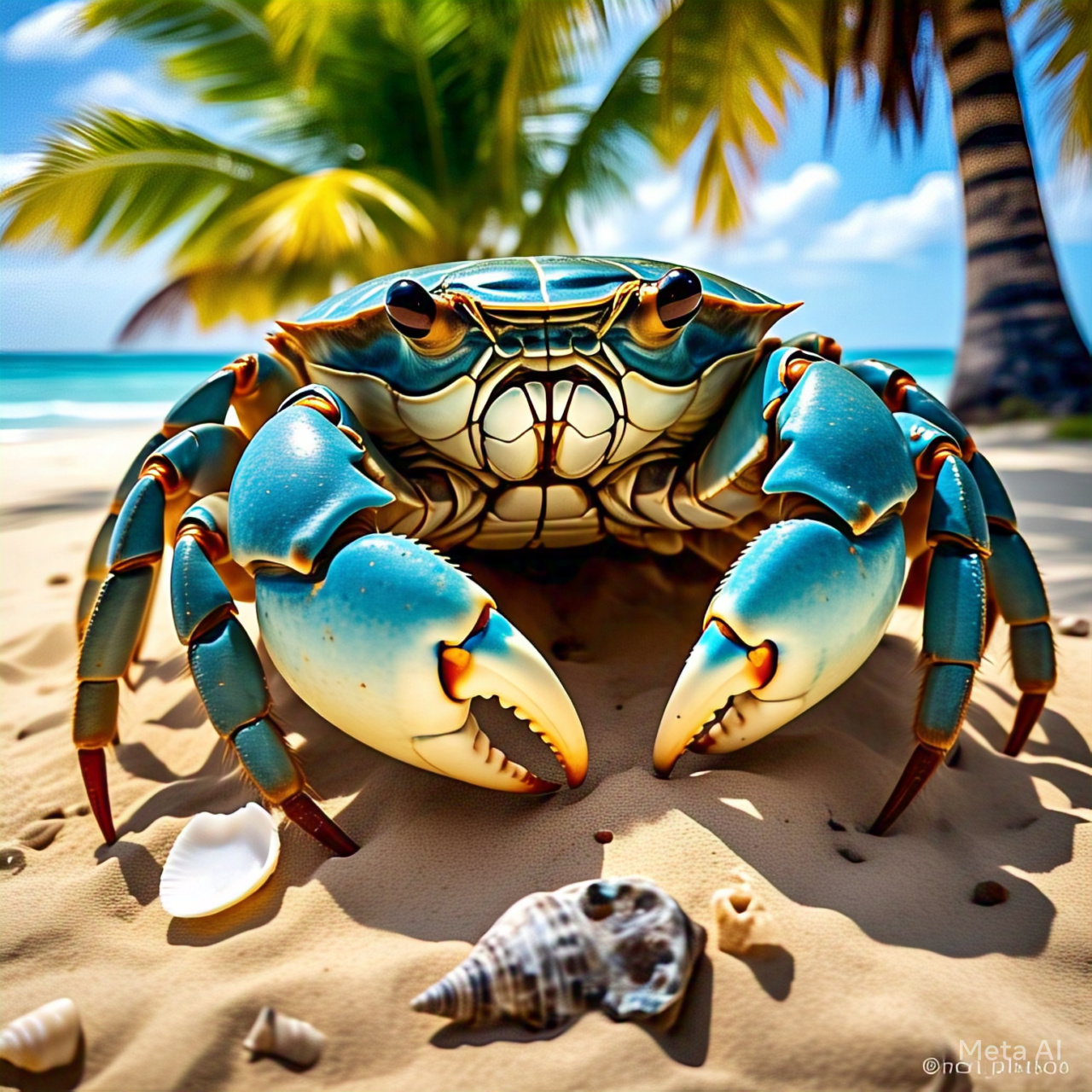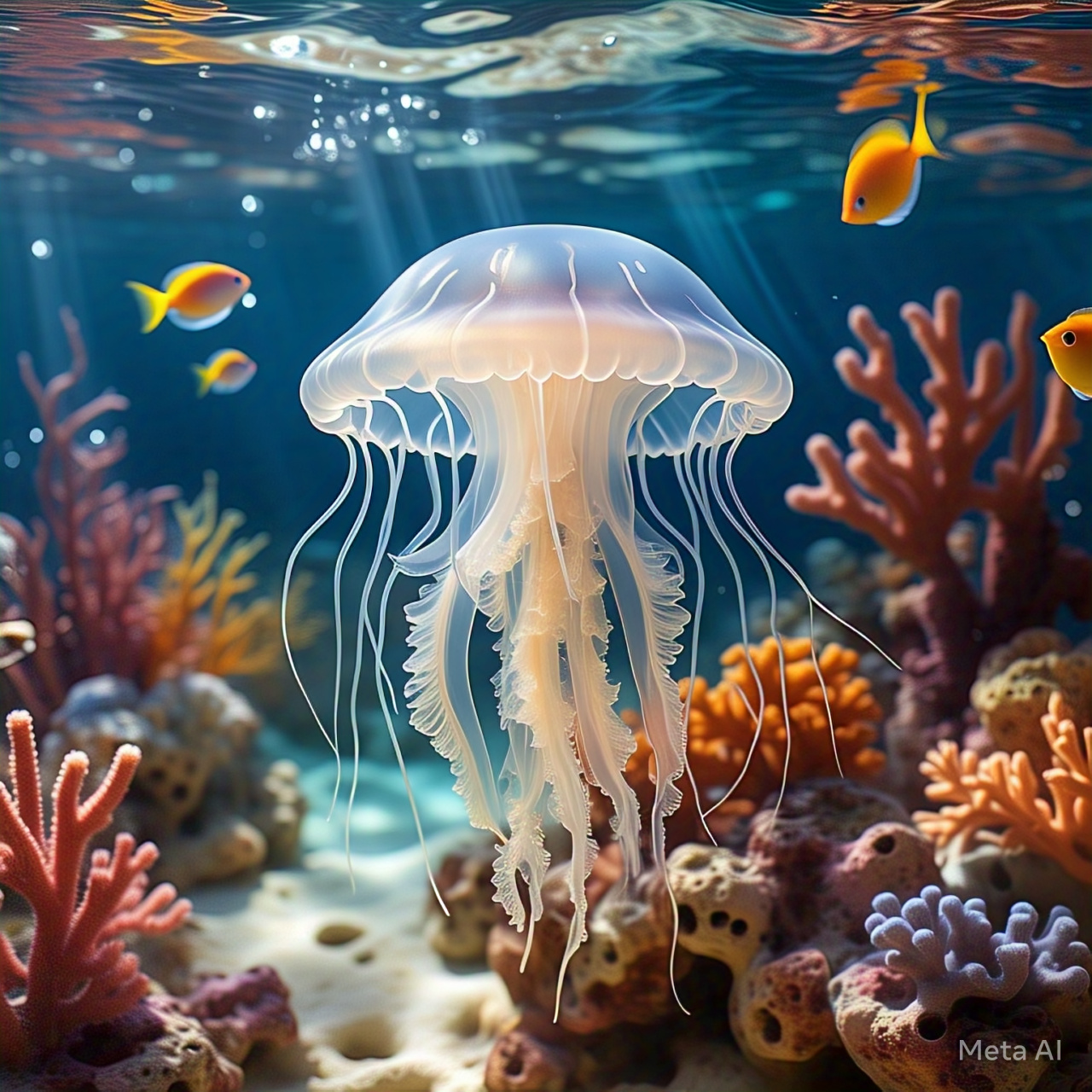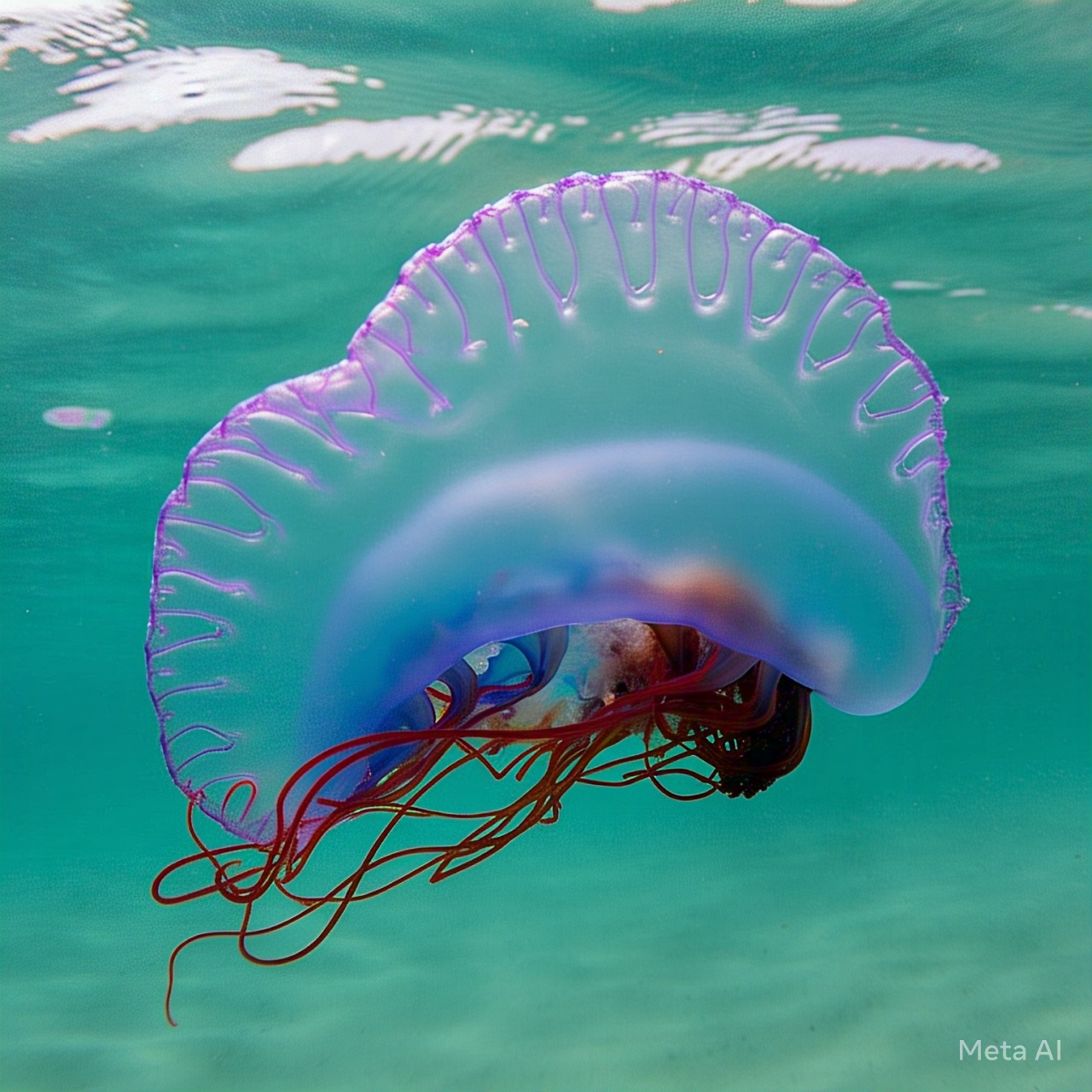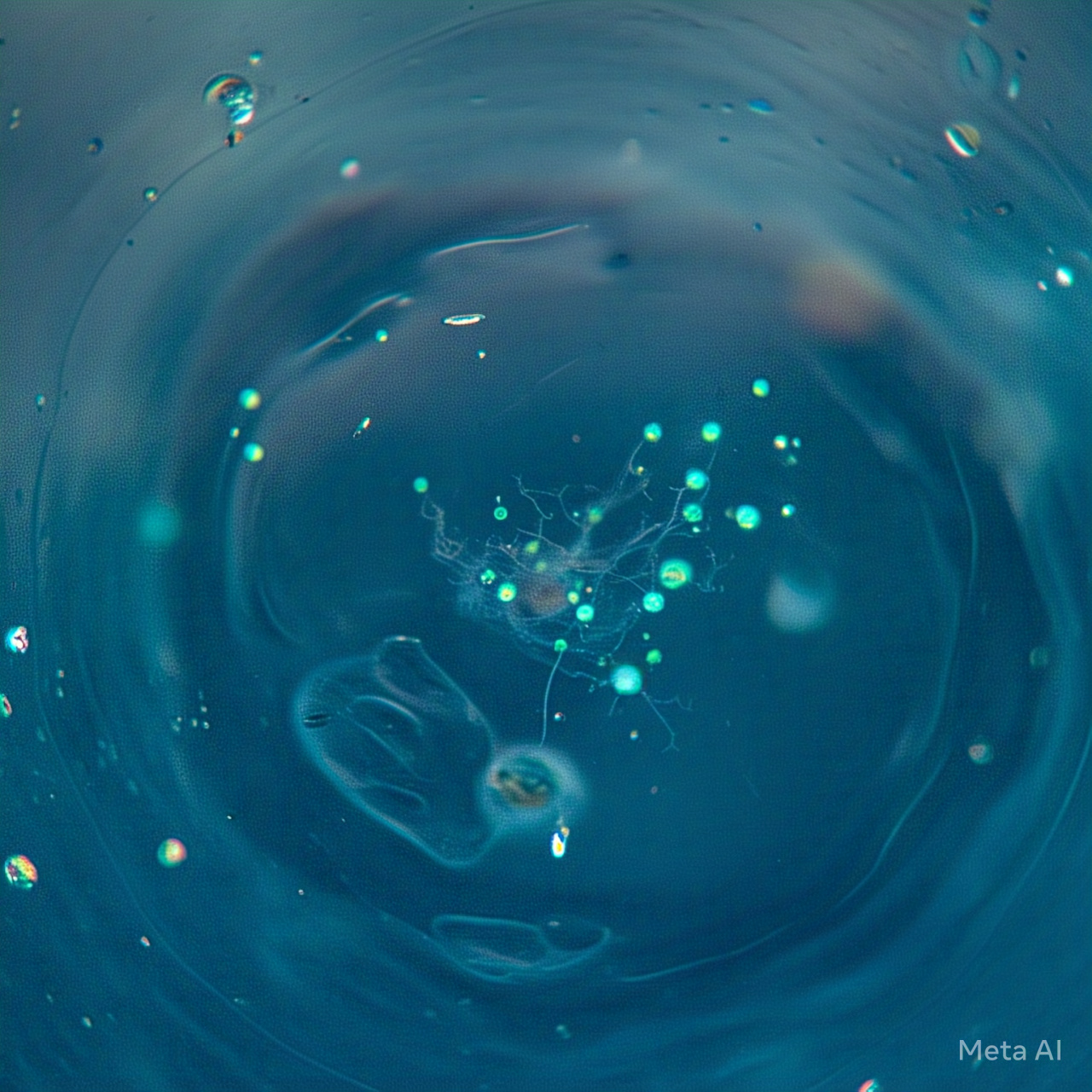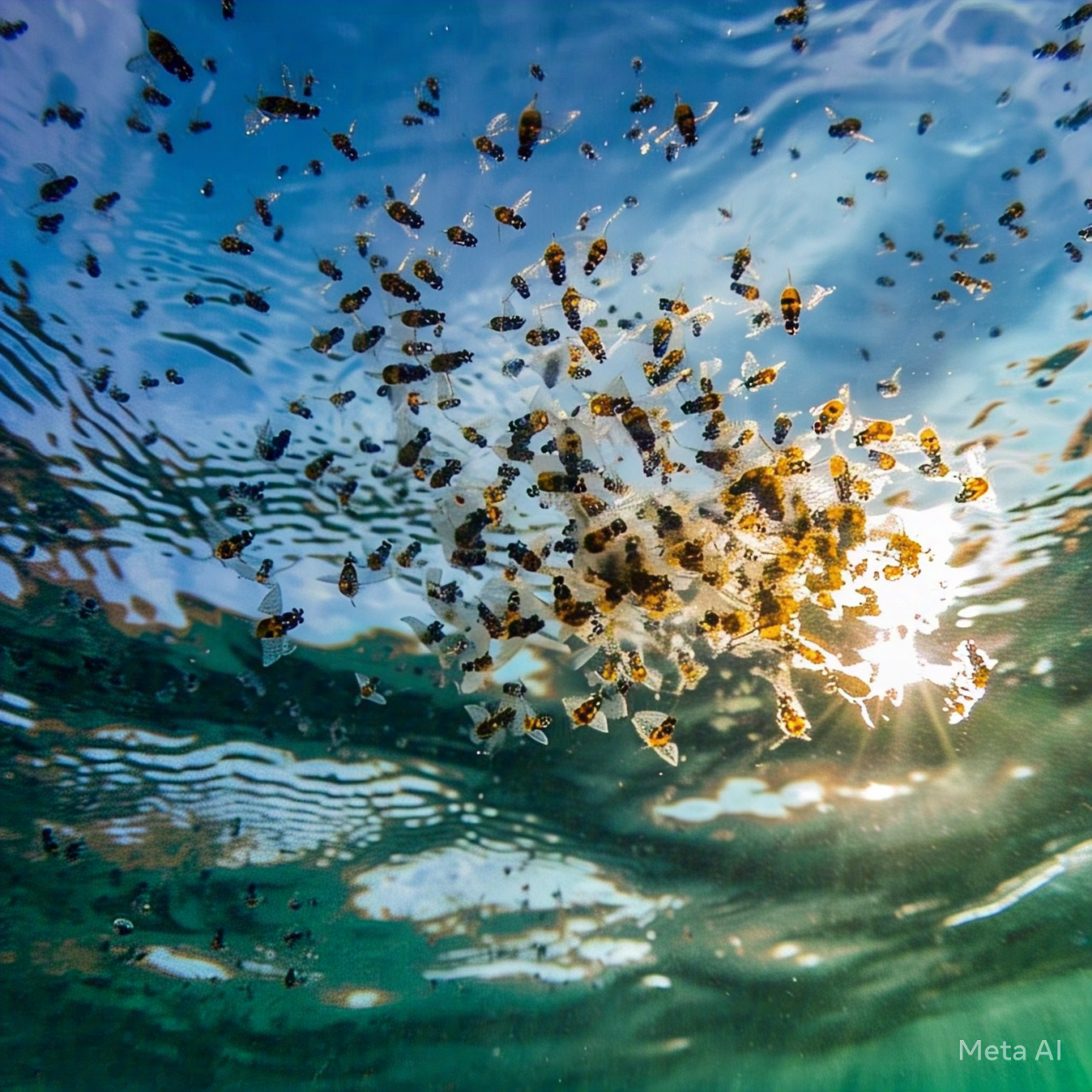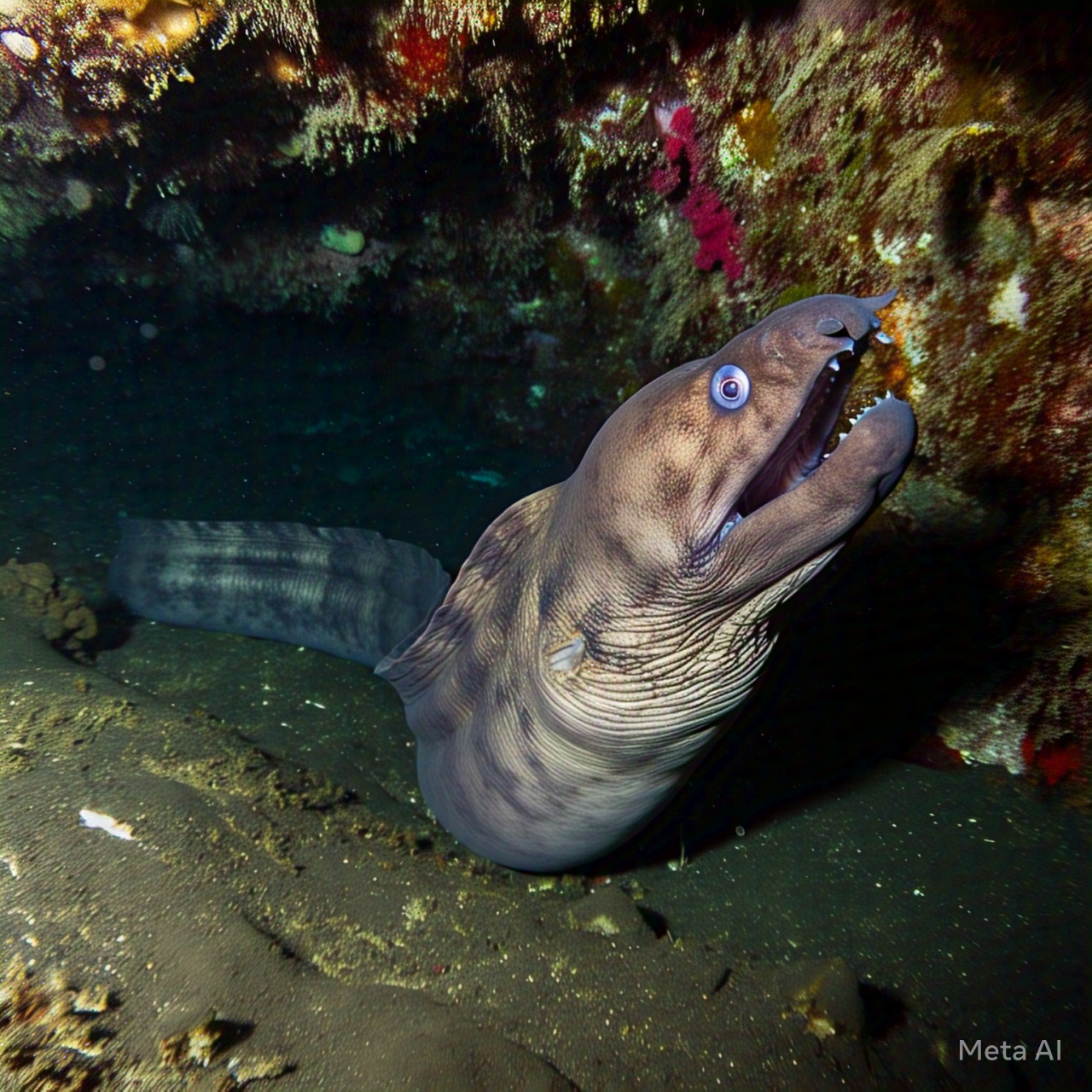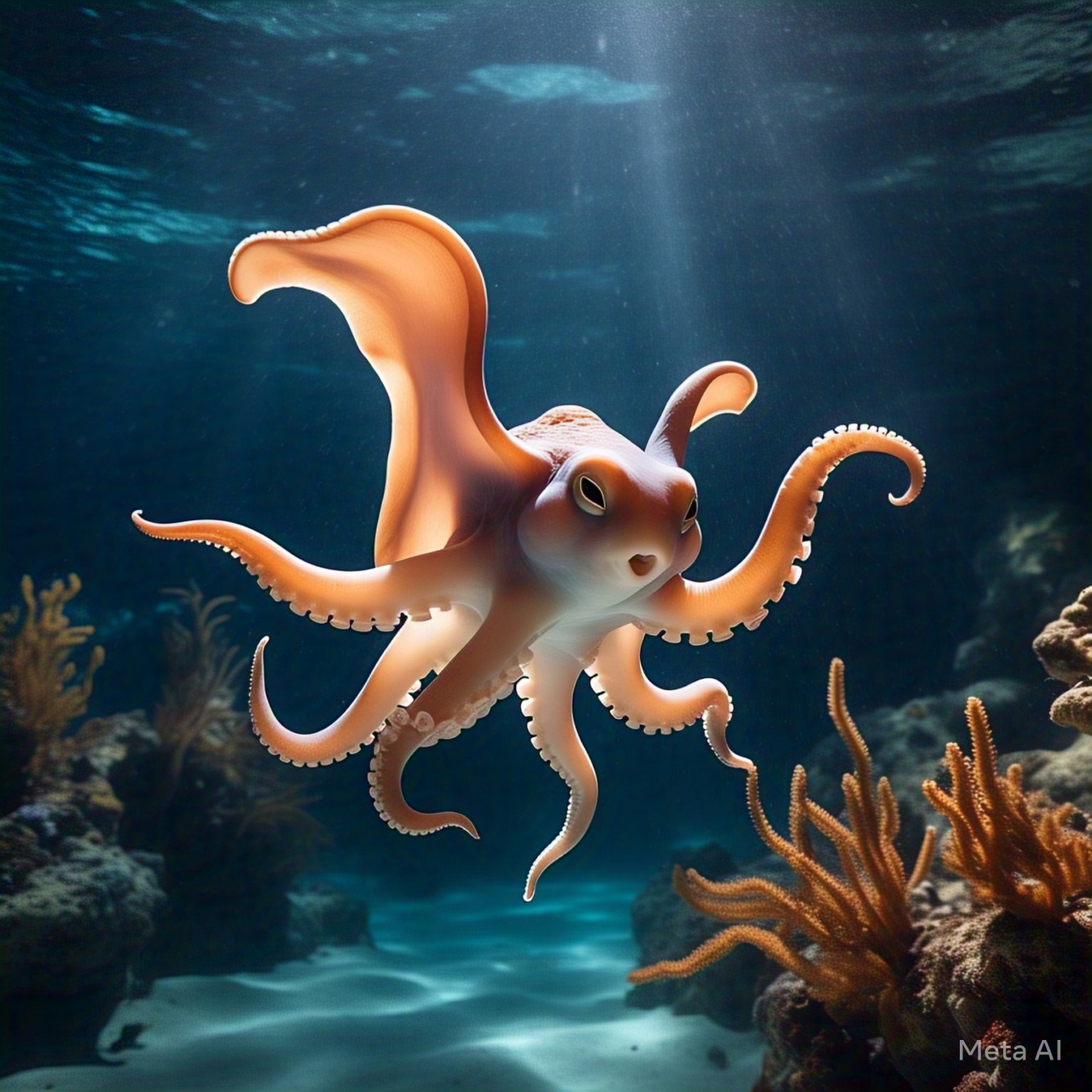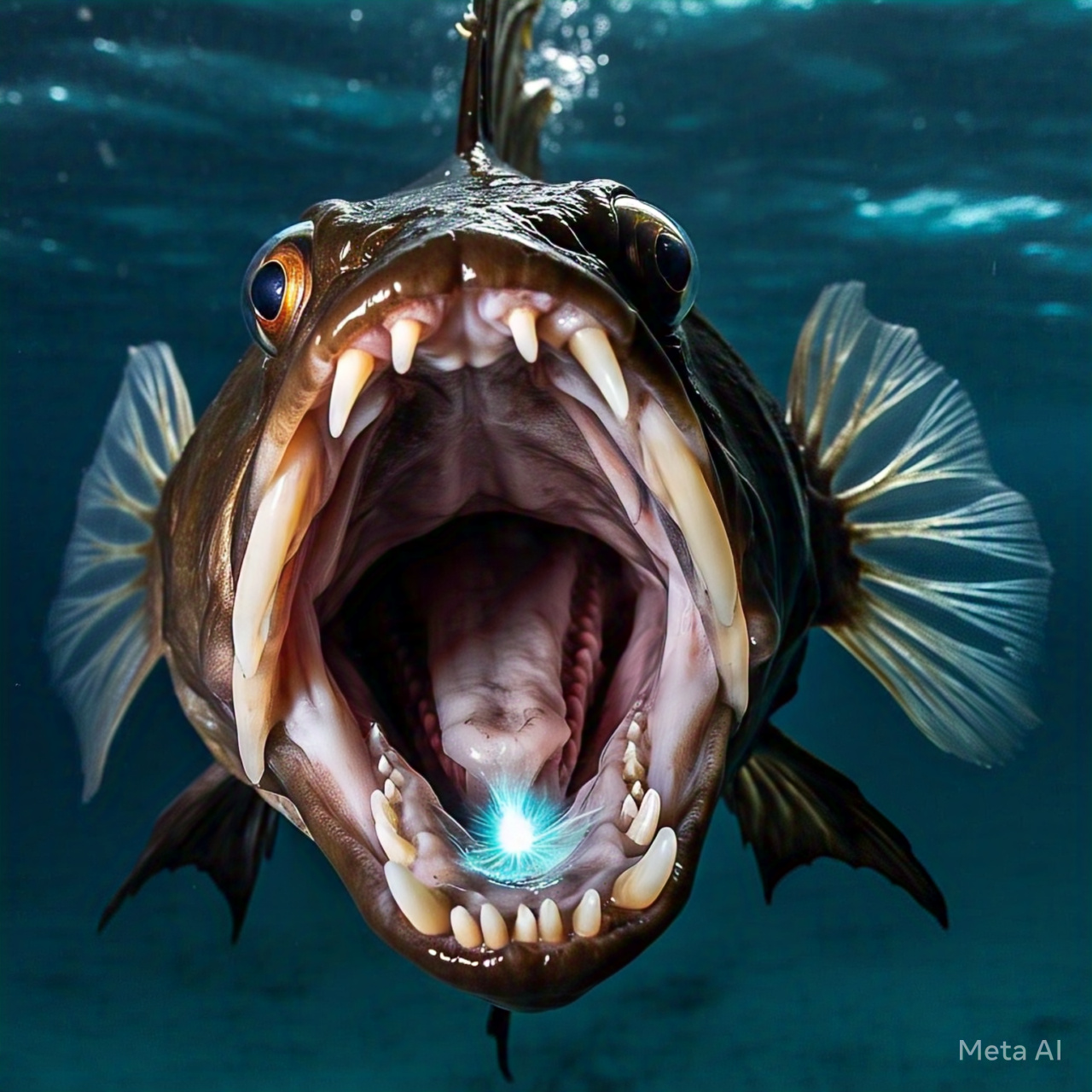1. Marine Mammals
Warm-blooded animals that breathe air and nurse their young.
Behavior and Communication: Echolocation in dolphins and whales, social structures in pods.
Migration Patterns: Long-distance journeys of whales and sea lions.
Conservation Status: Threats from hunting, climate change, and ship strikes.
Whales
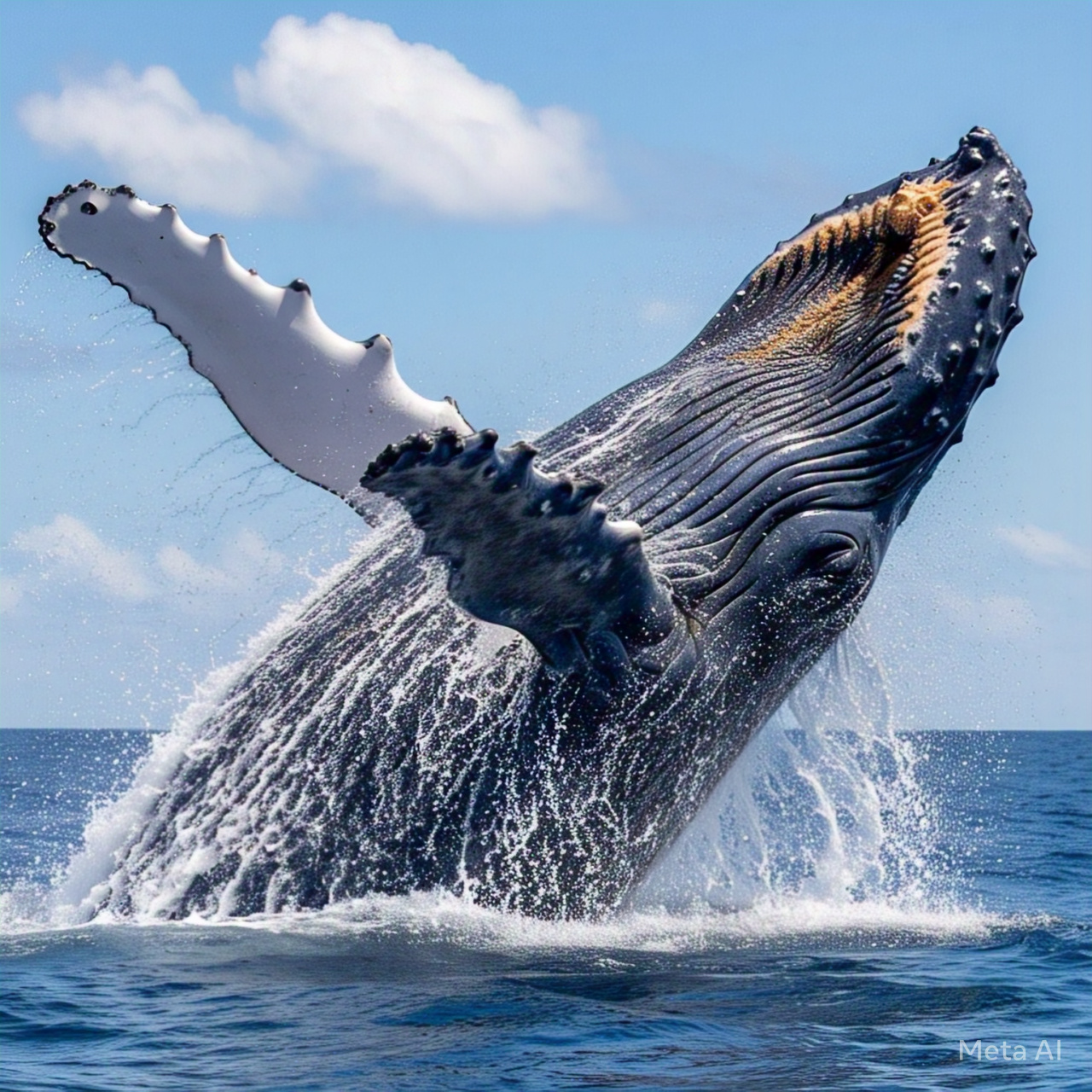
Blue Whale
(Balaenoptera musculus) –
Largest animal on Earth, growing up to 100 feet long.
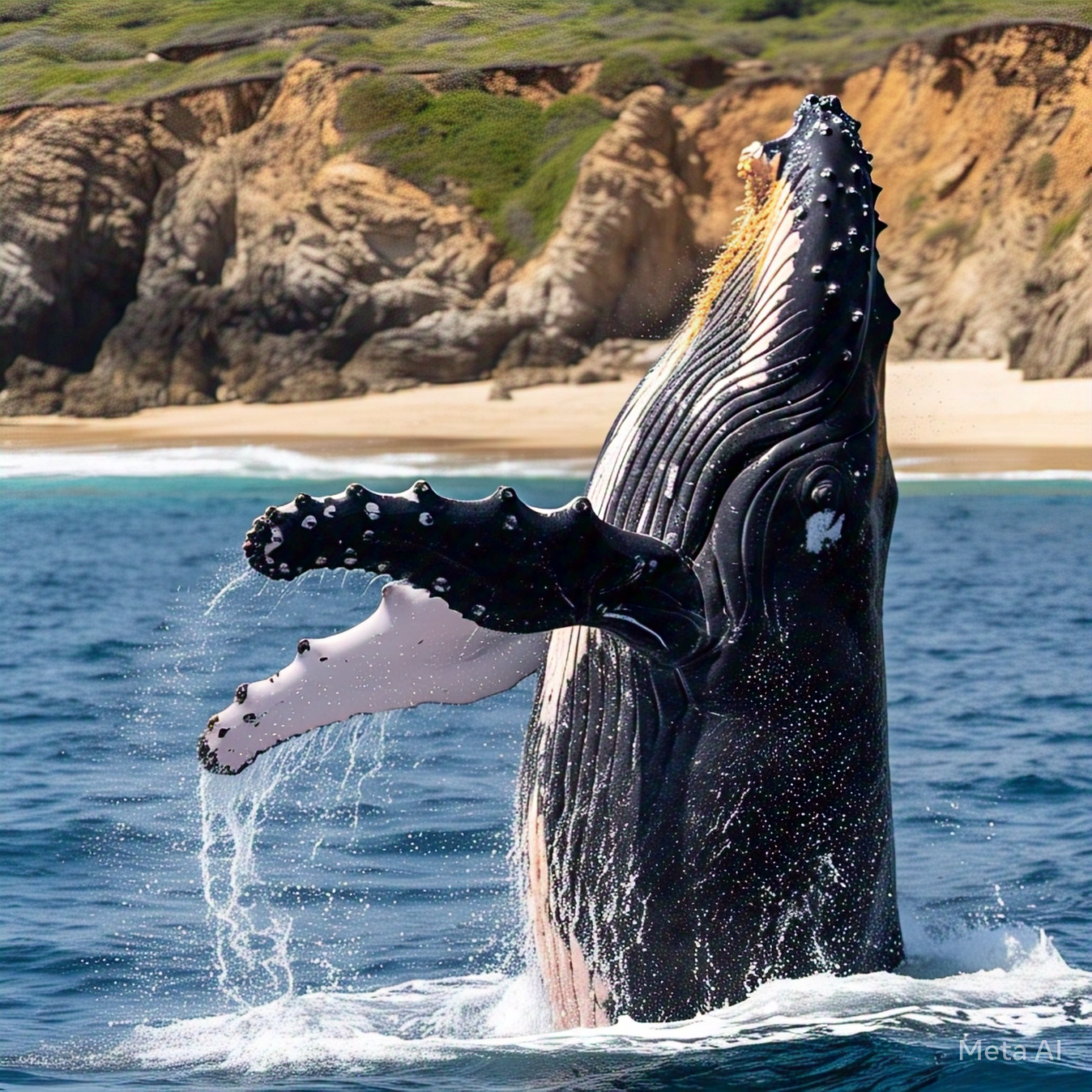
Humpback Whale
(Megaptera novaeangliae) –
Known for its complex songs and acrobatic breaches.
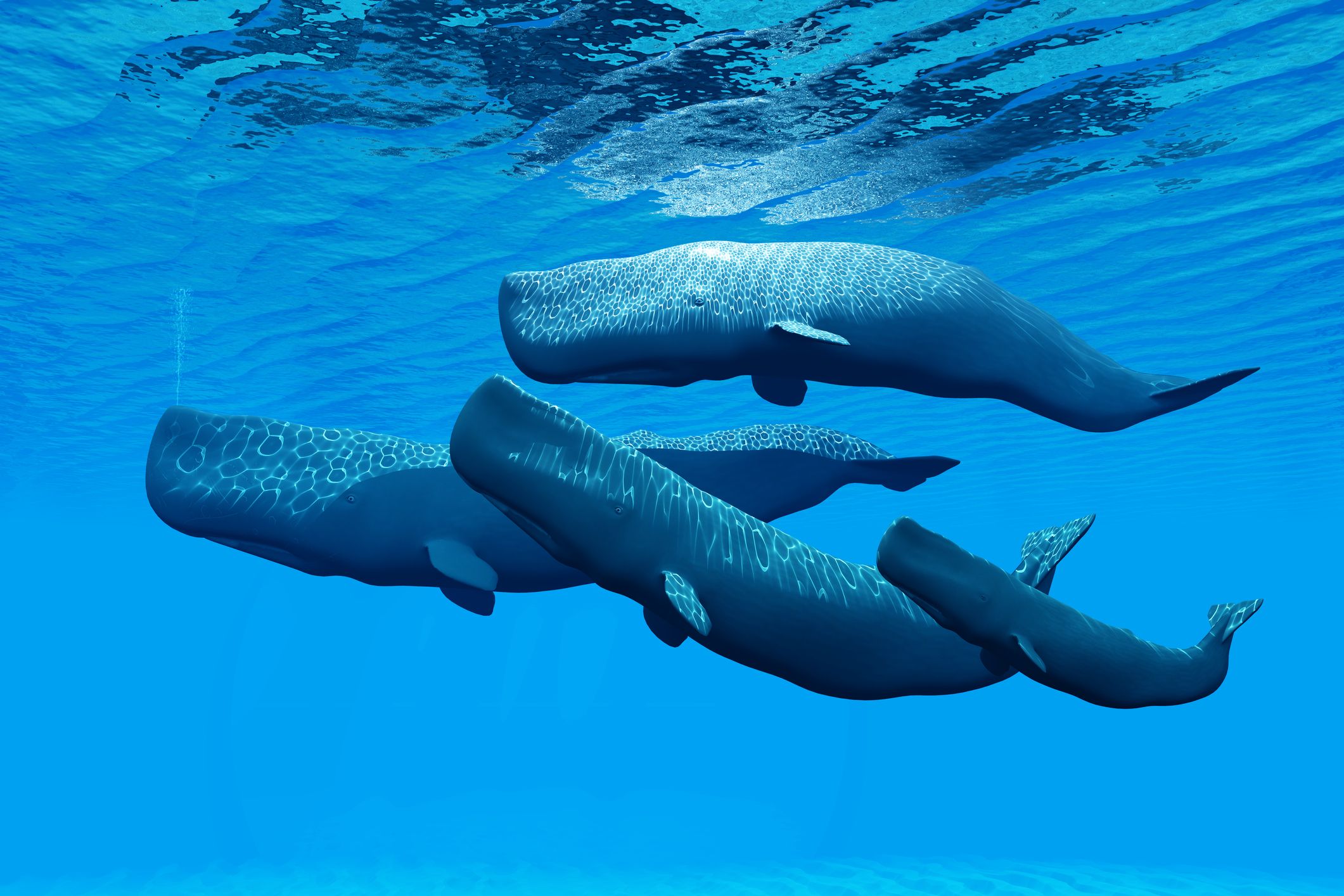
Sperm Whale
(Physeter macrocephalus) –
Deepest diving whale, reaching depths of 3,280 feet (1,000 meters) .
Dolphines & Porpoises
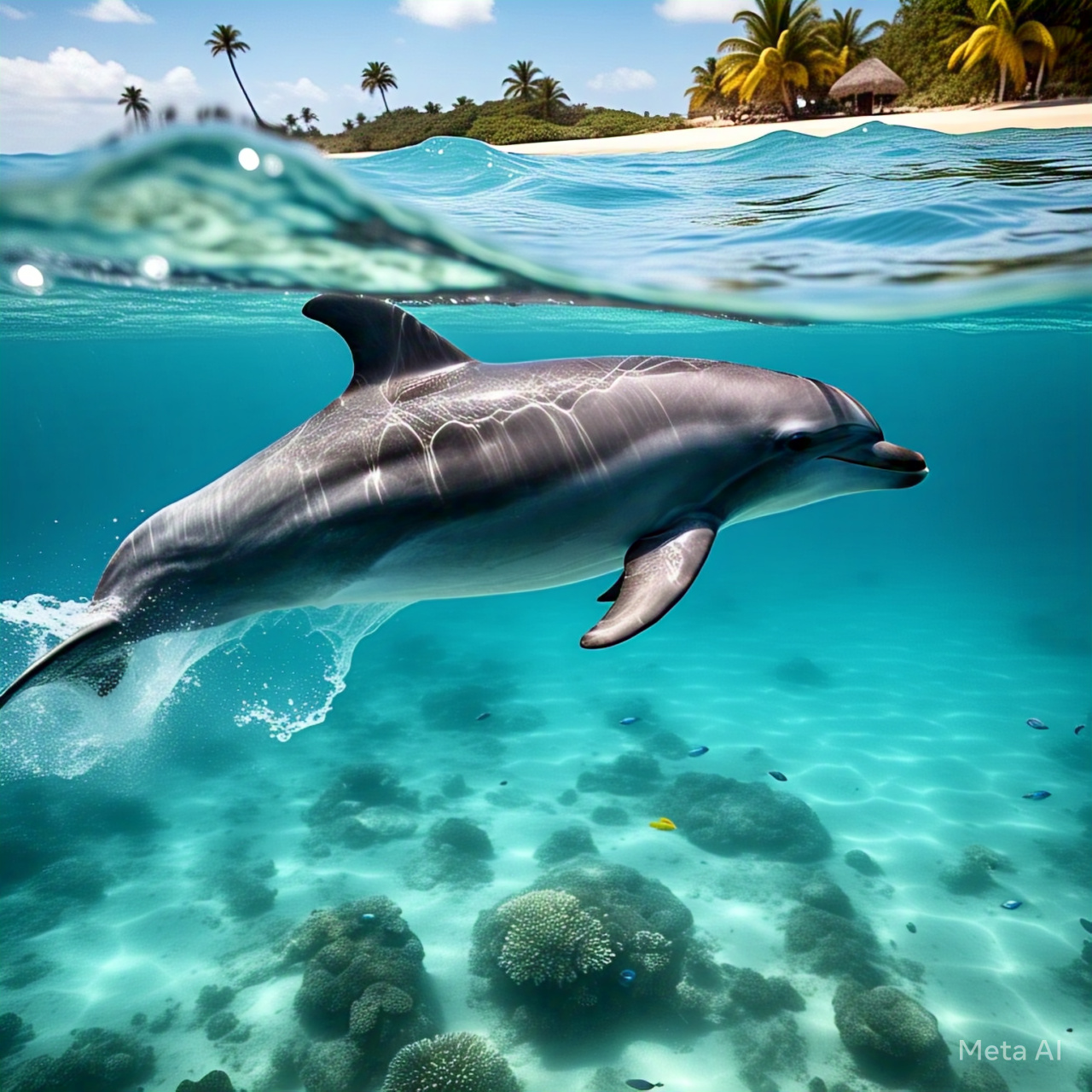
Bottlenose Dolphin
(Tursiops truncatus) –
Highly intelligent and social, often seen in groups called pods.
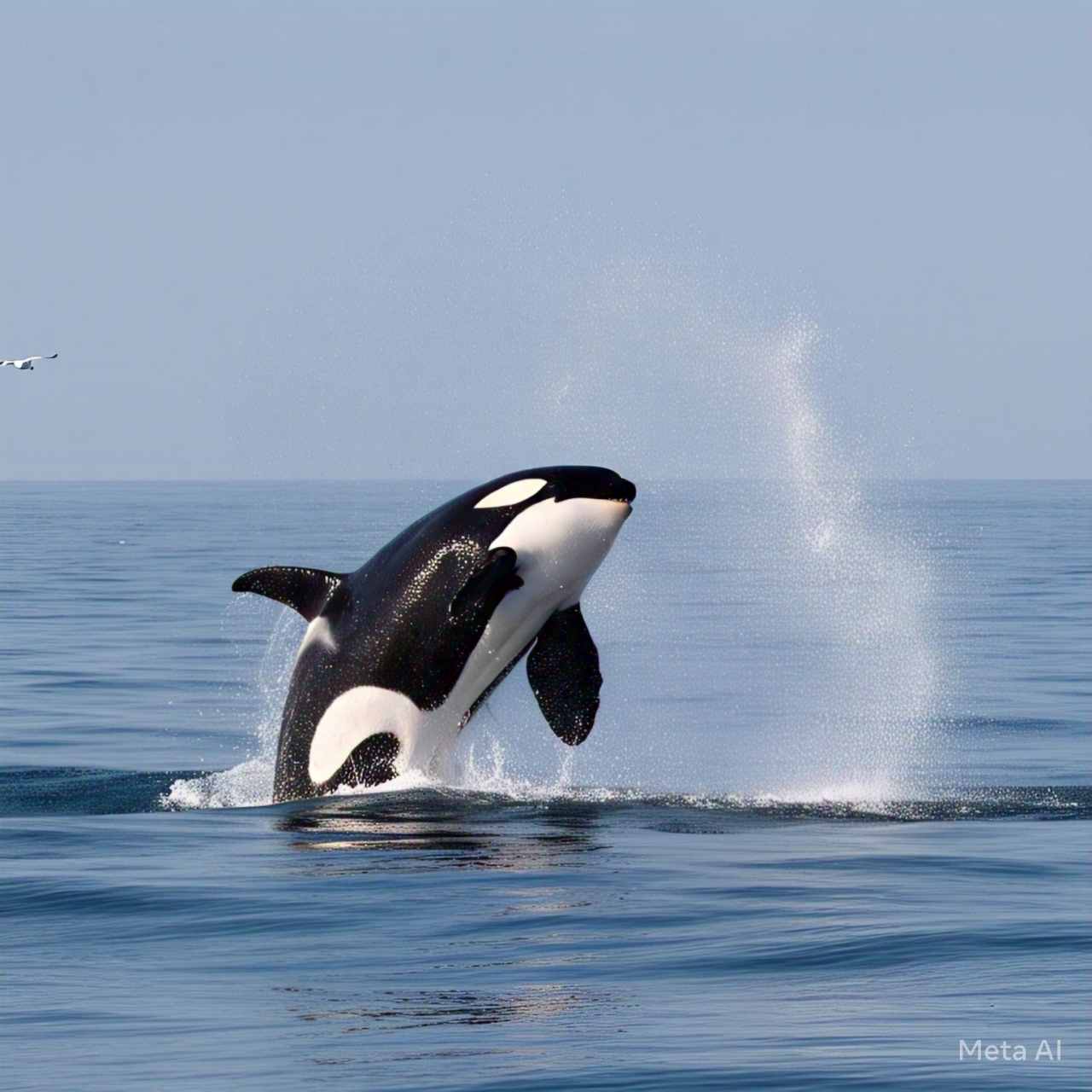
Orca
(Killer Whale) (Orcinus orca) –
Apex predator known for complex hunting strategies.
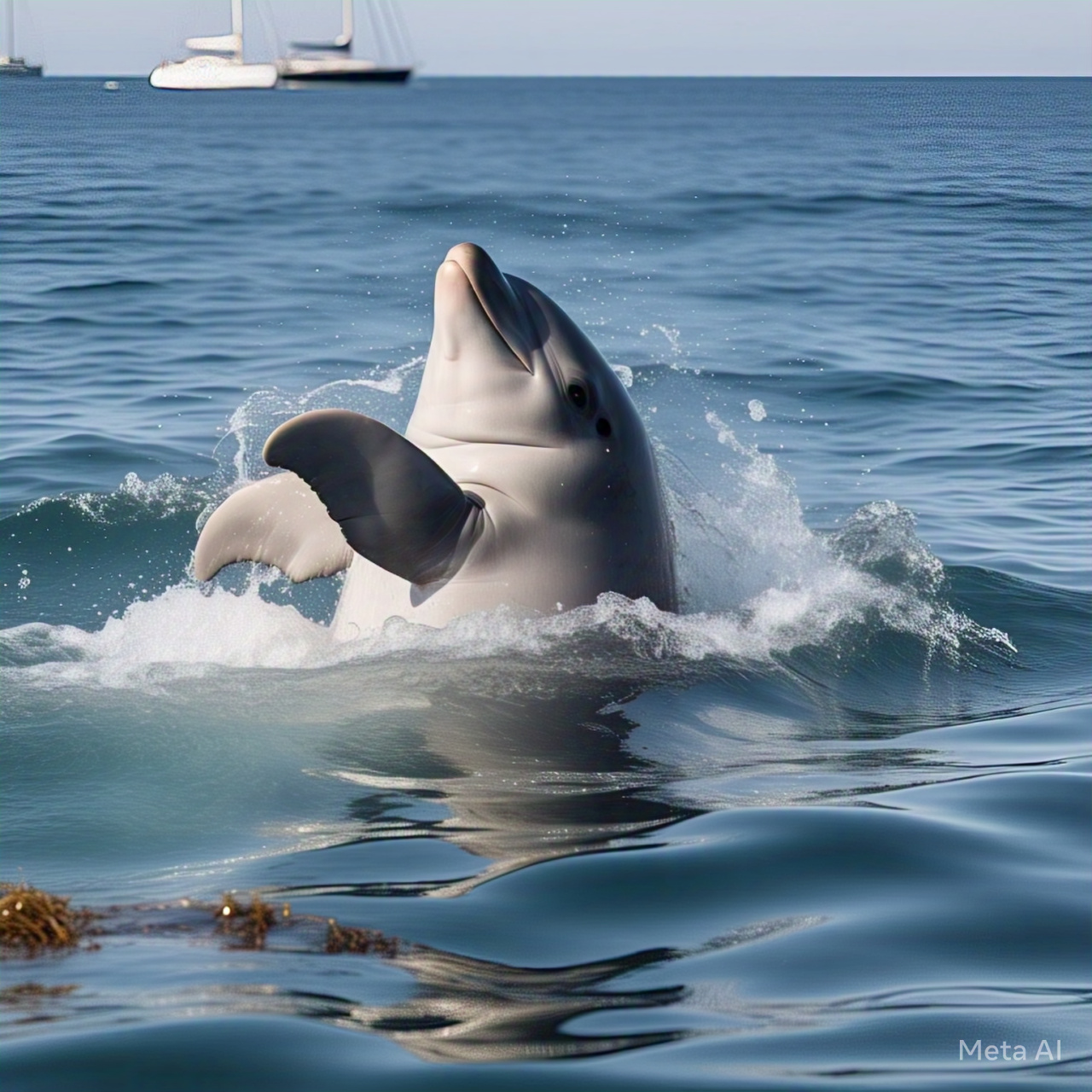
Harbor Porpoise
(Phocoena phocoena) –
A small, shy marine mammal found in coastal waters
Seals , SealLion and Walruses
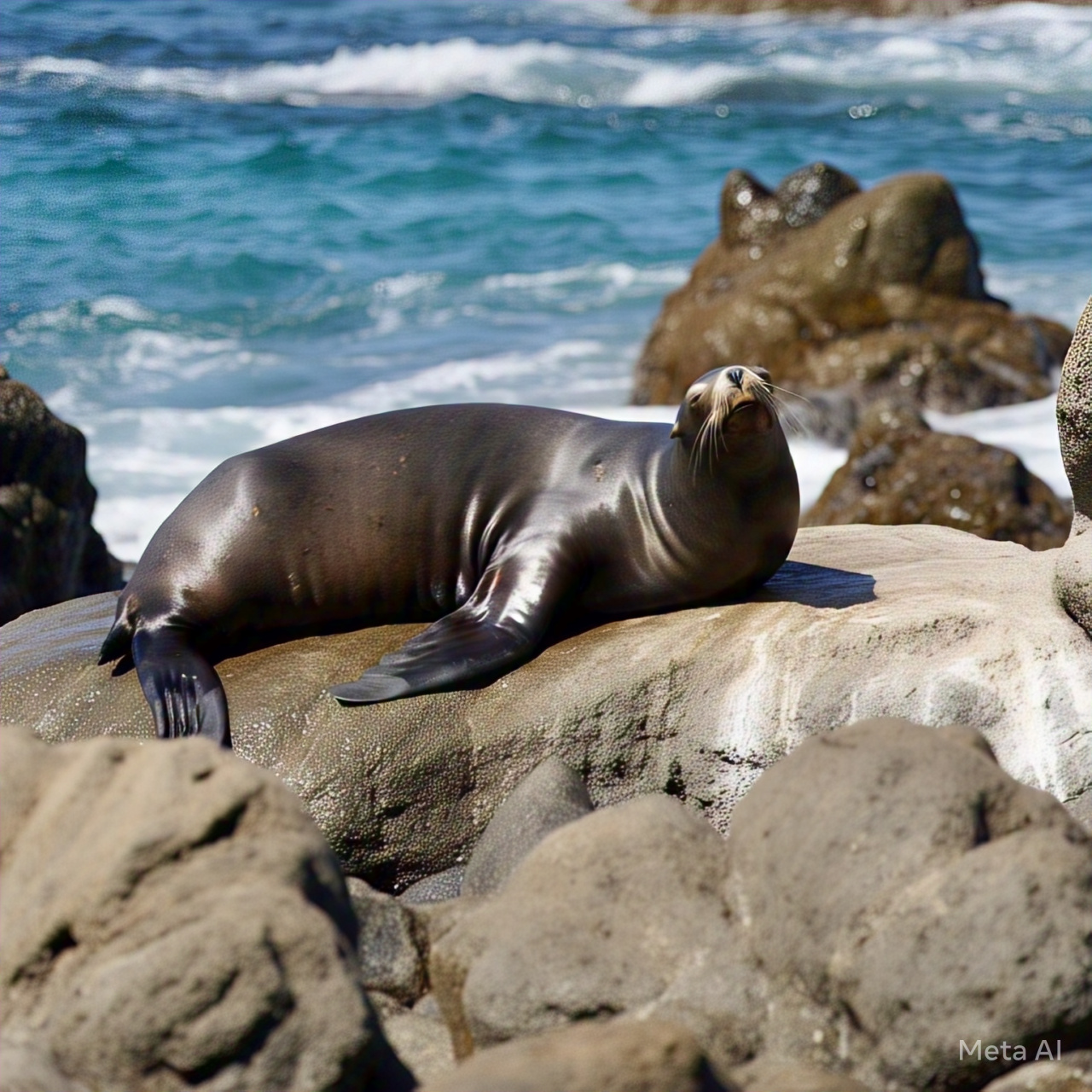
California Sea Lion
(Zalophus californianus) –
Playful and agile swimmers, often seen basking on rocks.
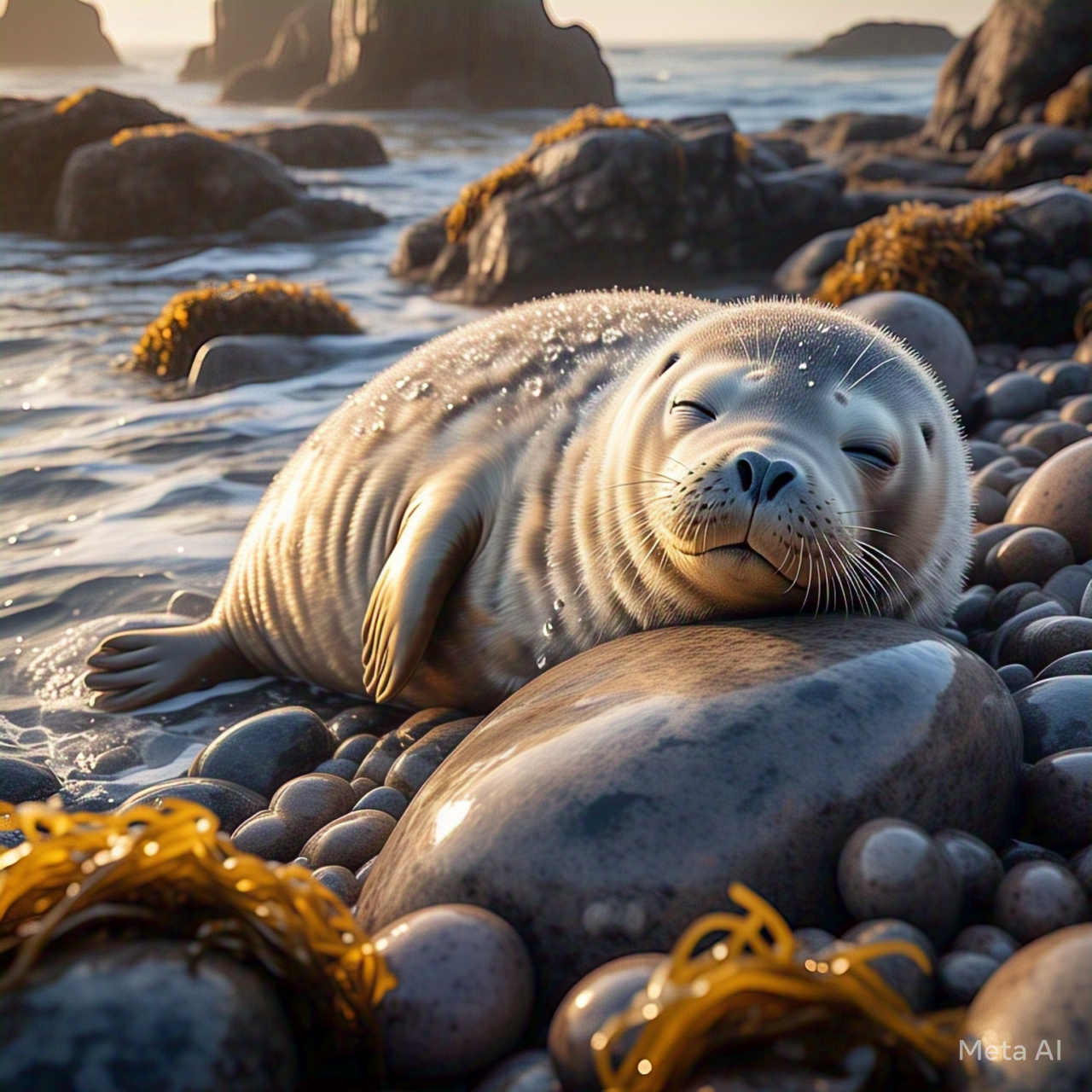
Harbor Seal
(Phoca vitulina) –
Found along coastlines in both the Atlantic and Pacific.
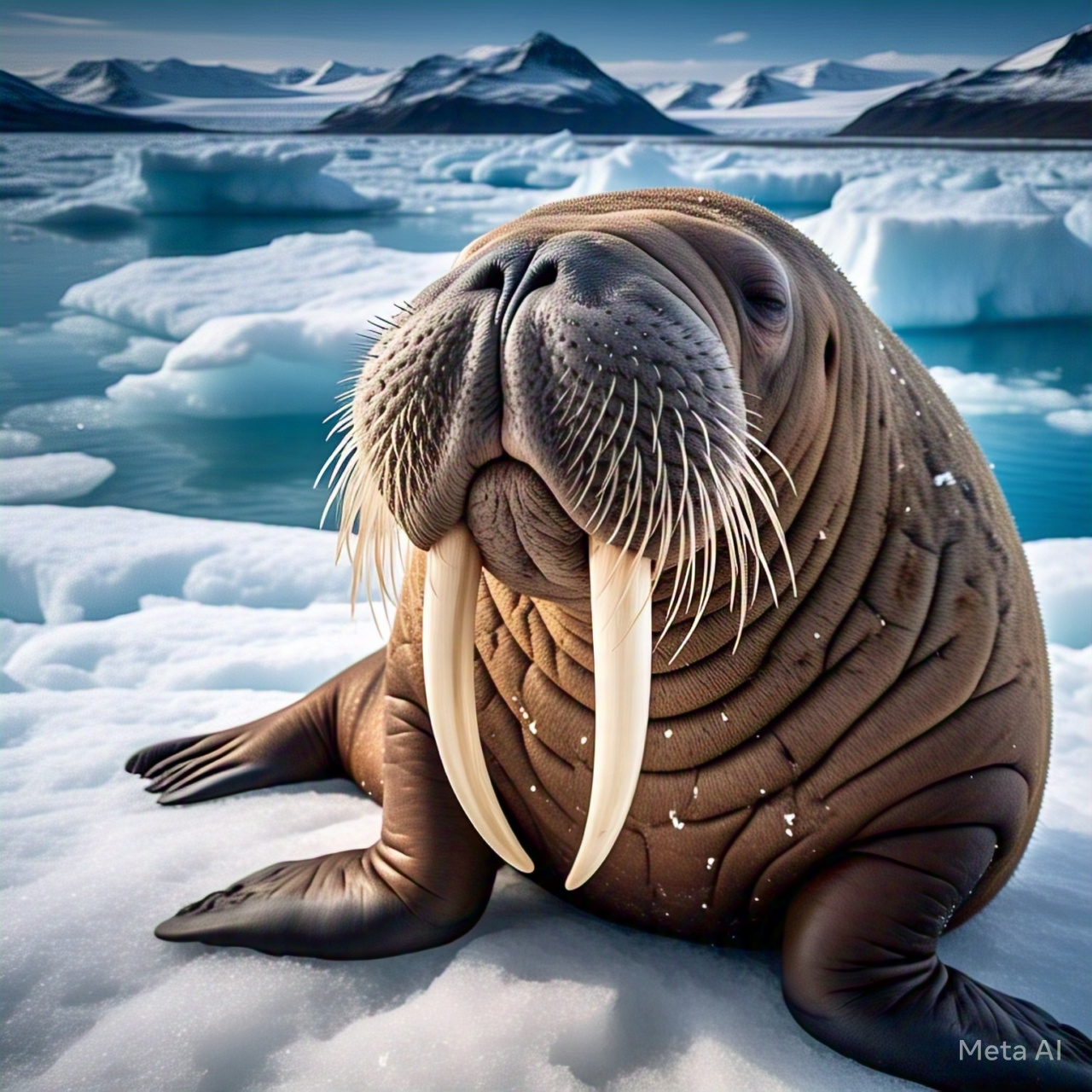
Walrus
(Odobenus rosmarus) –
Recognizable by its large tusks, used for defense and breaking ice.
